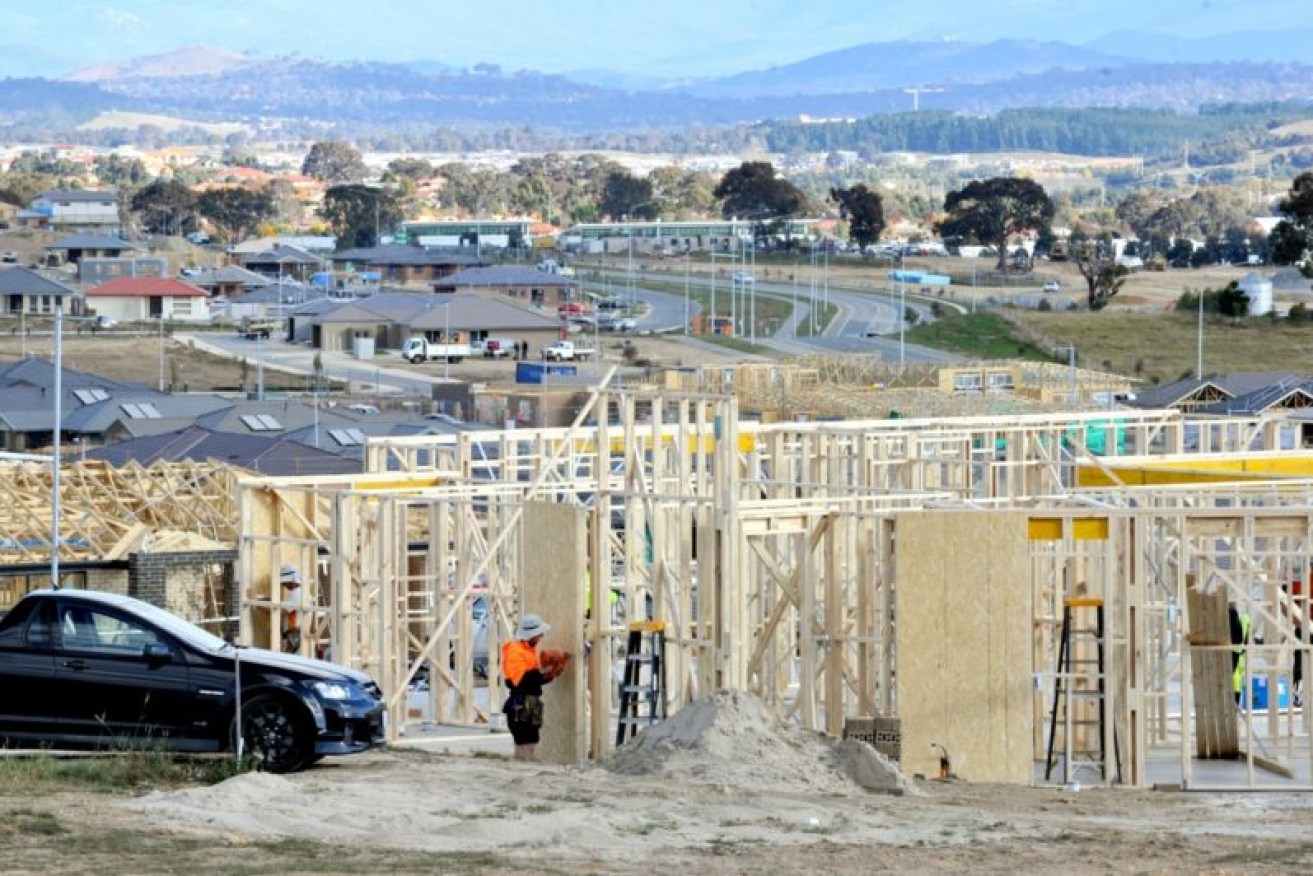Mortgage rates rise despite RBA holding the line

Mortgages rates have started to move. Photo:AAP
After several years of record-low interest rates, Australian home buyers are facing unwelcome news in the lead-up to Christmas.
Banks have been quietly raising rates for investor loans in recent times, as well as a range of fixed-term rates, and are now eyeing whether to raise variable rates across all home loans.
The main reason for the independent rate rises is the Donald Trump effect.
The US president-elect’s plans to spend hundreds of billions of dollars on infrastructure have pushed up yields on long term US Treasury bills
That has pushed up borrowing costs on capital markets, and banks are having to pay more to source their funding after a long period of low rates.
Martin North, who runs his own banking consultancy, Digital Finance Analytics, said overseas interest rate movements have a significant effect locally.
“Fixed rates and variable rates are definitely going to go up, even if the RBA does absolutely nothing in terms of local rates,” he warned borrowers.
“The international capital markets have a significant force. Whilst the banks fund themselves partly from deposits, they’re very reliant on the international capital markets, and those rates are going up and they’re going to continue to go up.”
Banks are also under pressure from their domestic regulator, APRA, to hold more capital as a buffer against any shock.
Higher capital buffers mean greater costs for banks, leaving institutions scratching for ways to maintain margins and keep shareholders happy by maintaining dividends.
Investors hit first and hardest by rising rates
Investors have been the first to feel the heat, according to financial comparison website Mozo.
“With 36 lenders having introduced higher rates to investors since December last year, the picture is pretty bleak for investors two years on since APRA’s introduction of investor lending regulations,” said Mozo interest rate expert Peter Marshall.
“It’s likely we’ll see even more lenders slap a higher interest rate on their investor home loans in 2017 as an easy way to offset the onslaught of higher funding costs on their profit margins.”
However, investors do not necessarily need to pay higher rates than owner-occupiers, with 13 lenders offering them the same rates, while others will provide generous discounts if pushed.
“A Mozo mystery shop of the big four banks found generous discounts of up to 1.45 per cent off advertised rates were still available to investors who are prepared to haggle their lender for a better deal,” said Mr Marshall.
But the hikes are now moving to residential owner-occupied mortgages.
For example, ING Direct has raised its standard variable rate by 15 basis points effective from Monday — adding to moves by other smaller lenders.
The question is whether the big four banks will do the same in a politically charged atmosphere where their every move is being scrutinised by Canberra and consumer groups.
The Reserve Bank left the cash rate on hold at 1.5 per cent earlier this week.
But the disconnect between the RBA and commercial banks is set to continue as borrowers look at options to lock into fixed rates mortgages while rates remain low.
Less pay mortgage on time
At the same time, mortgage arrears have jumped sharply as more homeowners struggle to meet their commitments, according to a new report from ratings agency Standard & Poor’s.
Most of the problems are being experienced in the mining states where economies are weak and house prices have fallen.

Mortgage arrears across the country.
S&P found mortgage-holders more than 30 days behind in repayments were up 25 per cent in the September quarter compared with the same time last year, despite a slight improvement over the previous quarter.
Mortgage stress is becoming acute even though interest rates were cut in May and August, pushing variable mortgage rates down to about 5 per cent.
The ratings agency said a move to part-time from full-time employment was also driving the increases along with mining state unemployment.
The arrears increases occurred mainly in Western Australia and Queensland. But South Australia has the second-highest rate of borrowers missing payments.
“Lower wage growth and higher household indebtedness are undoubtedly contributing to mortgage stress for some borrowers, in addition to declining growth in full-time employment,” S&P said.
“While unemployment levels are relatively stable and interest rates low, we expect most of the borrowers … to stay on top of their mortgage repayments.”
– additional reporting by Rod Myer








